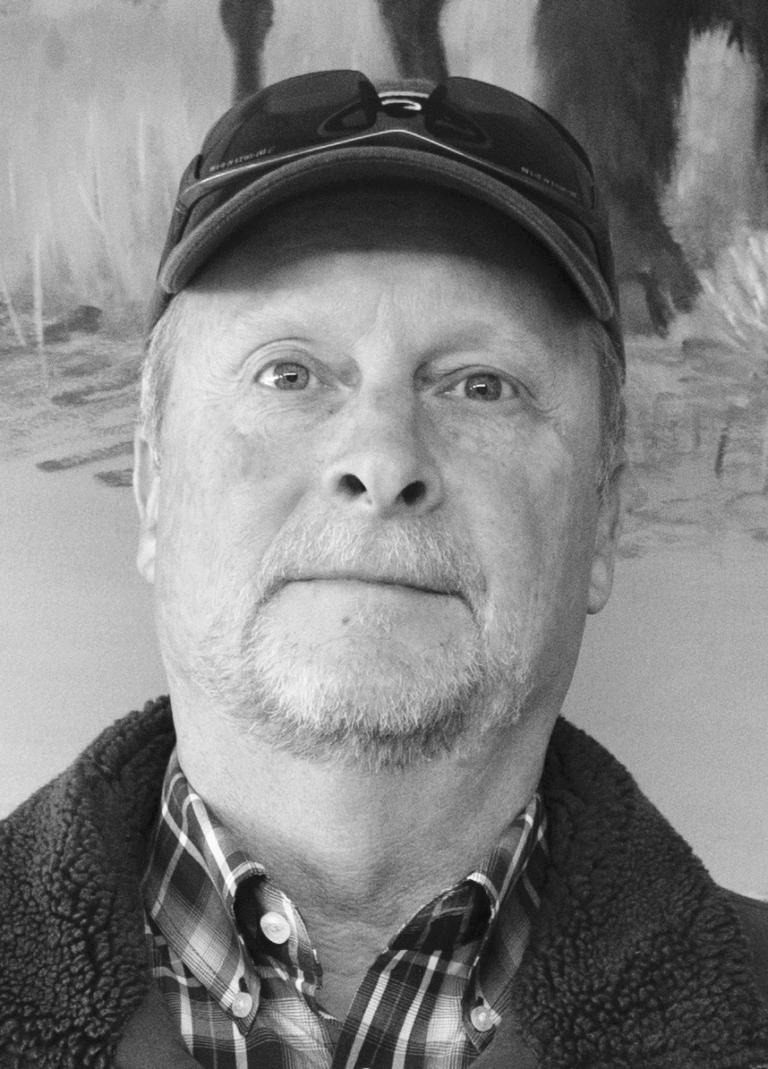
The spring breeding season is upon us. May 1 is often the bull turnout date for many Oklahoma herds. Cows that are cycling early in the breeding season are more likely to get bred this year, raise a heavier calf at weaning, and rebreed on time in future years.
The most important factors that determine if, and when, a cow returns to cycling activity were analyzed by Kansas State University physiologists. Over a period of 7 years, Kansas State scientists used more than 3000 beef cows in estrous synchronization studies. As a part of these studies they determined which cows were cycling before the start of the breeding season both before and after synchronization treatments. They then looked at the previous data about each cow and determined the major factors that influenced the likelihood that she would have returned to heat by the start of the breeding season. The research indicated that three main factors were the most important determinants as to whether the cow would recycle before the breeding season began. Body condition, age of the cow, and the number of days since calving were the biggest influences on incidence of cycling activity before breeding.
Body condition: Cows ranged in body condition score from 1 (extremely emaciated) to 7 (very fleshy). As body condition score increased the percentage of cows cycling increased in a linear fashion. The Kansas data reported that there was an 18% increase in percentage cycling for every 1 full condition score improvement.
Age of the cow: The percentage of first calf two-year-olds cycling was about 10% less than mature cows that were having at least their second calf. The extra nutrient requirement for growth clearly limits the cycling activity at the beginning of the breeding season of two-year-olds. Also, two-year-olds are in the stage of life where the baby teeth are being replaced by permanent teeth. Some of these young cows have problems consuming roughage similar to “broken-mouth” older cows. This explains why many producers choose to breed replacement heifers ahead of the cow herd and therefore give them more days before the breeding season begins for mature cows.
Numbers of days since calving: Cycling activity was also influenced by the number of days since calving. For every 10 day interval since calving (from less than 50 days to 70 days) the percentage cycling increased by 7.5%. A short calving season is important because it allows a higher percentage of cows to be cycling by the start of the next breeding season.
Find out what’s happening on the Oklahoma Cooperative Extension Calendar at https://calendar.okstate.edu/oces/#/?i=2
Follow me on Facebook @ https://www.facebook.com/leland.mcdaniel
Oklahoma State University, in compliance with Title VI and VII of the Civil Rights Act of 1964, Executive Order 11246 as amended, and Title IX of the Education Amendments of 1972 (Higher Education Act), the Americans with Disabilities Act of 1990, and other federal and state laws and regulations, does not discriminate on the basis of race, color, national origin, genetic information, sex, age, sexual orientation, gender identity, religion, disability, or status as a veteran, in any of its policies, practices or procedures. This provision includes, but is not limited to admissions, employment, financial aid, and educational services. The Director of Equal Opportunity, 408 Whitehurst, OSU, Stillwater, OK 74078-1035; Phone 405-744-5371; email: eeo@okstate.edu has been designated to handle inquiries regarding non-discrimination policies. Any person who believes that discriminatory practices have been engaged in based on gender may discuss his or her concerns and file informal or formal complaints of possible violations of Title IX with OSU’s Title IX Coordinator 405-744-9154.